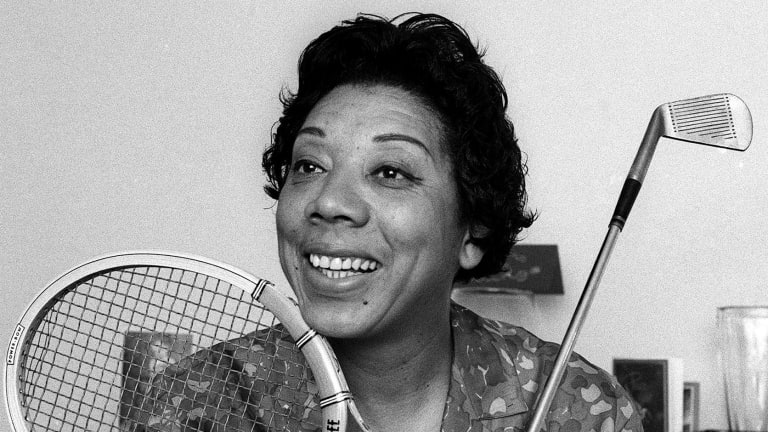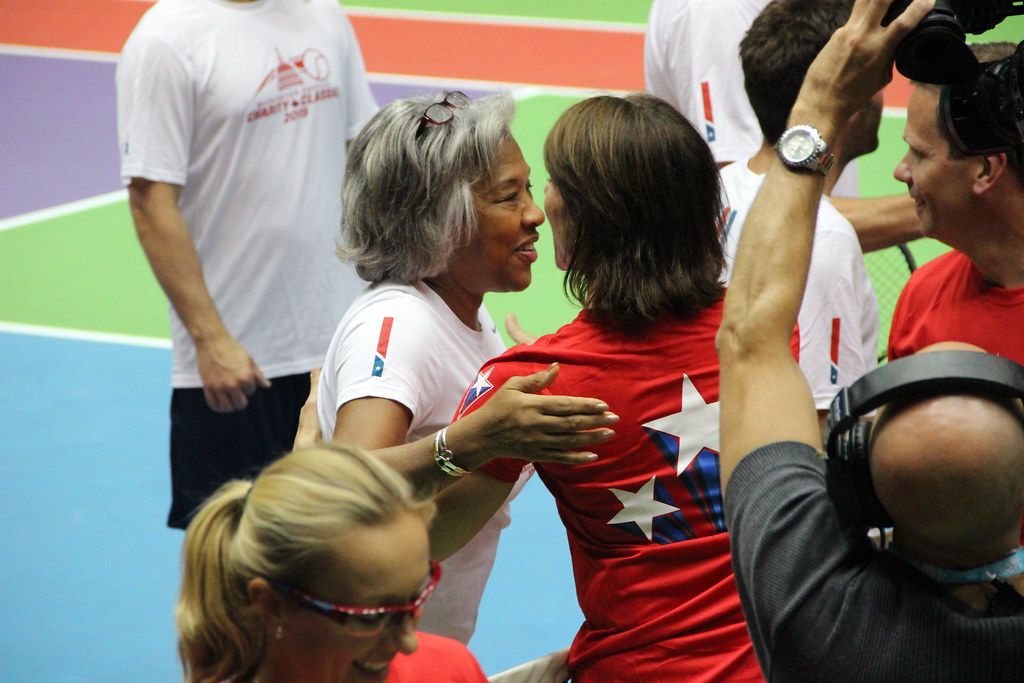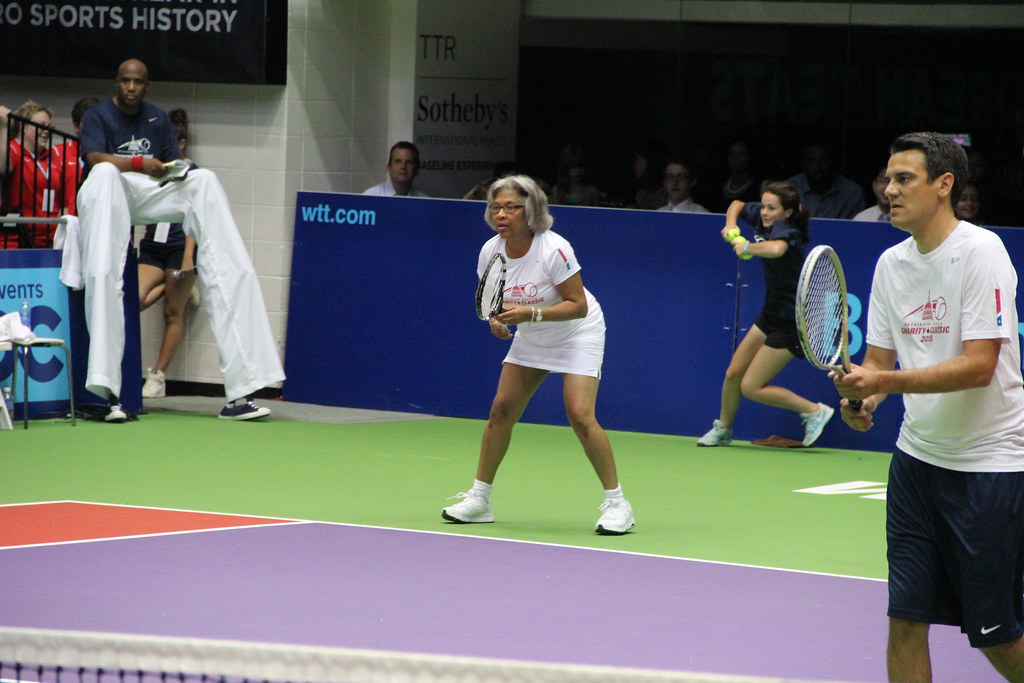Black History Month
From the African-American “circuit” to the Chair of the Congressional Black Caucus, Joyce Beatty has always been close to tennis
By Feb 18, 2022Black History Month
‘The Cookout,’ honoring Black history in tennis, starts in Southern California, with an eye on impactful growth
By Feb 27, 2025Black History Month
Revisiting Arthur Ashe's famous 1975 Wimbledon win, 50 years later
By Feb 19, 2025Black History Month
We can’t tell athletes to “stick to sports” when gun violence crashes their own party
By Feb 16, 2024Black History Month
Coco's milestone teenage moments: Gauff, 19, wins her first Grand Slam title at the US Open
By Feb 16, 2024Black History Month
"End gun violence," Coco Gauff implored two years ago in Paris—a message that resonates in sports again today
By Feb 15, 2024Black History Month
Coco Gauff's milestone teenage moments: a powerful speech protesting police brutality
By Feb 14, 2024Black History Month
Coco Gauff's milestone teenage moments: the 15-year-old beats Venus during stunning Wimbledon run
By Feb 13, 2024Black History Month
Coco Gauff's milestone teenage moments: the 8th grader saves 9 match points in US Open junior final
By Feb 12, 2024Black History Month
Ben Shelton, Arthur Fils added to HOF's 'Breaking Boundaries' digital exhibit
By Feb 10, 2024From the African-American “circuit” to the Chair of the Congressional Black Caucus, Joyce Beatty has always been close to tennis
What better way to leave the stresses of Capitol Hill behind for a few hours?
Published Feb 18, 2022
Advertising

Beatty was elected to the U.S. Congress from Ohio’s third district in 2012.
© DUANE PROKOP/GETTY IMAGES
Advertising

From a historically Black college, Althea Gibson upended country club stereotypes.
© AP

